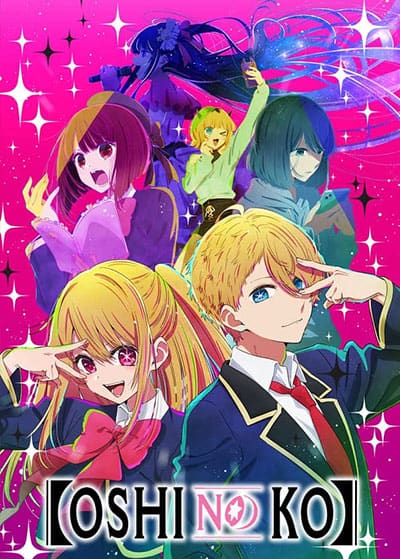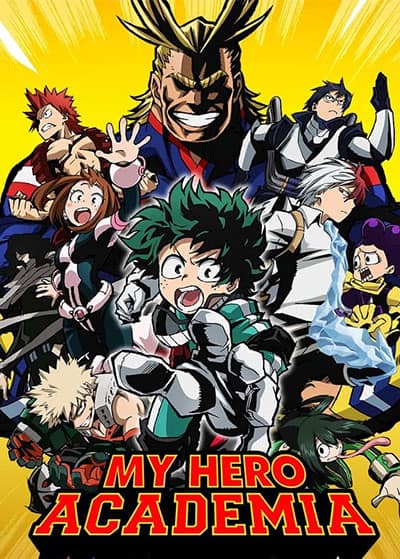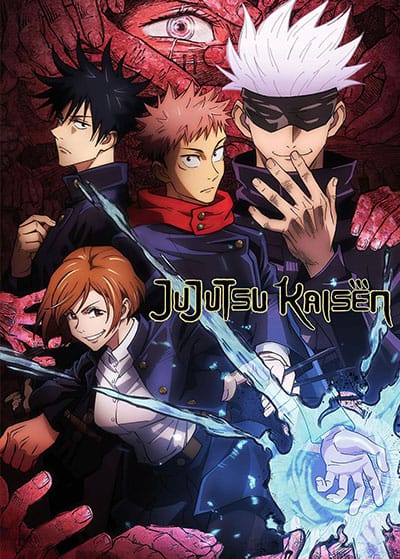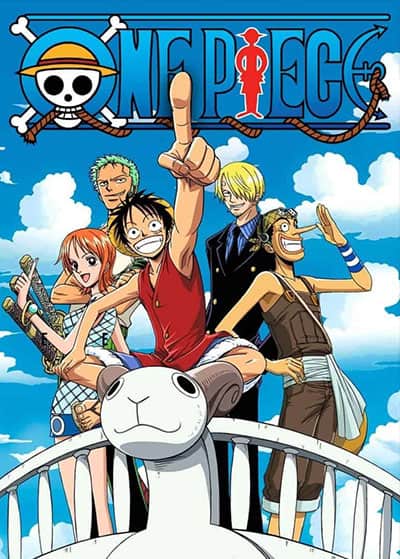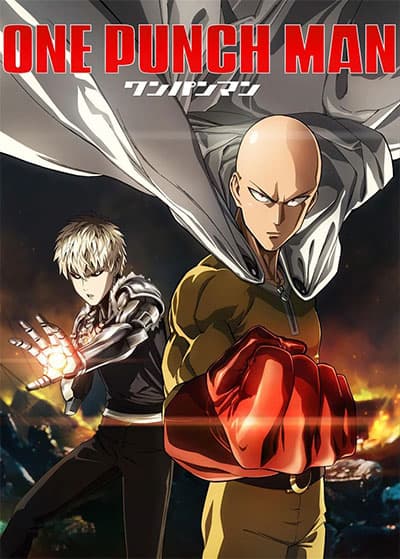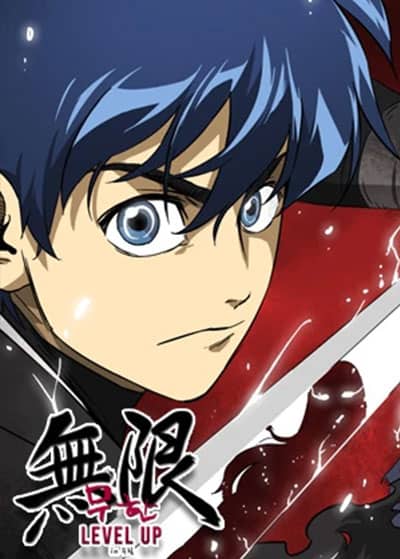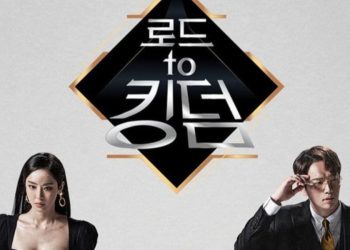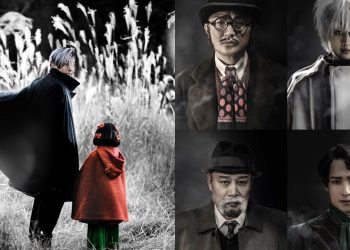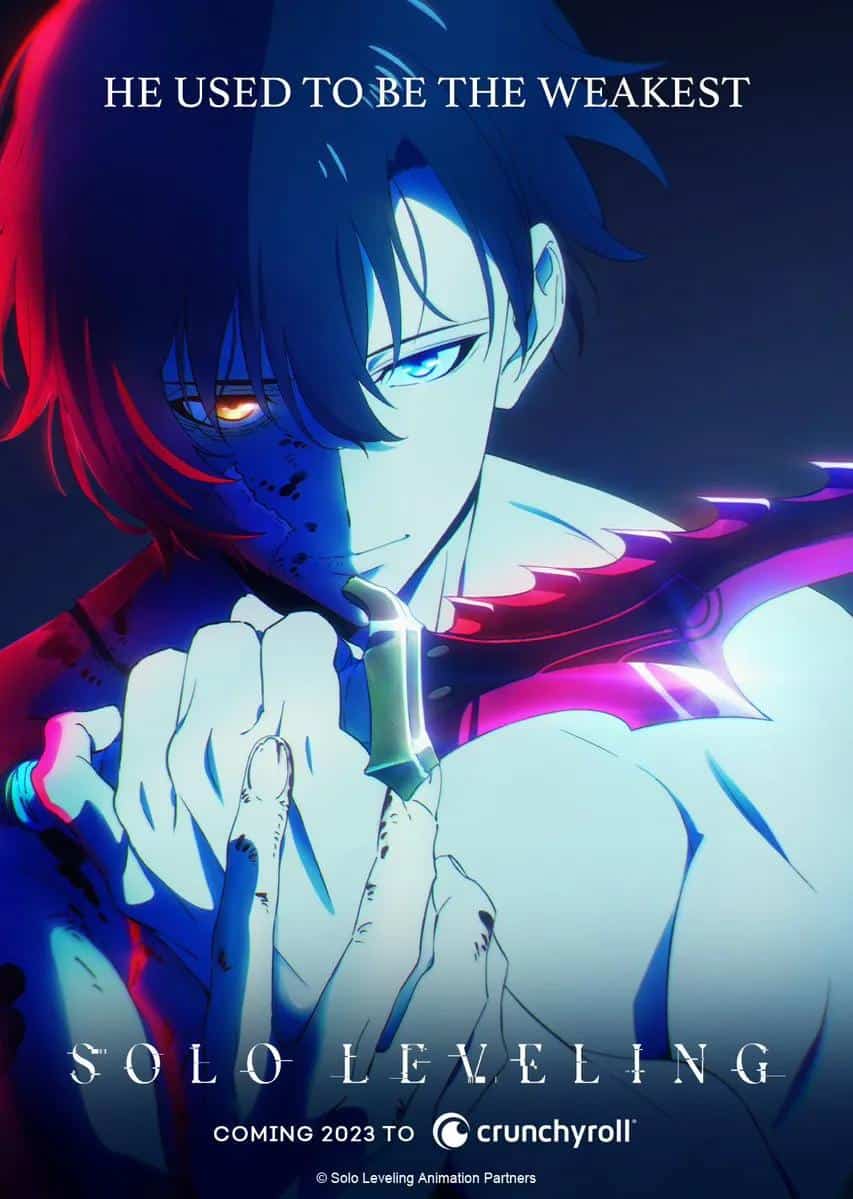Seo Ye-Ji Makes Comeback Launching Personal Instagram Account
Seo Ye-ji, known for her roles in dramas like "It's Okay to Not Be Okay," has made a surprising return...
Read moreNHTSA Investigates Tesla’s Autopilot Recall
The National Highway Traffic Safety Administration (NHTSA) has initiated an inquiry into the adequacy of Tesla's recall, which involved over...
Read moreMnet Announces Production of New Season of “Road to Kingdom” for Second Half of 2024
Mnet has officially confirmed the production of a new season of "Road to Kingdom," set to premiere in the latter...
Read moreMarika Matsumoto Joins Cast of Live-Action Black Jack Series, Set to Premiere June 30
The website for the new live-action show based on Osamu Tezuka's Black Jack manga shared some fresh news. They introduced...
Read moreHYBE’s Girl Group Struggles: A Look at Controversies and Challenges
Amidst HYBE's remarkable achievements in the music industry, its journey with girl groups has been marred by controversies and challenges....
Read moreSomalia Suspends Commandos Over US Aid Theft
Somalia's government has initiated measures against members of its elite commando unit, Danab, following allegations of stealing rations provided by...
Read more

